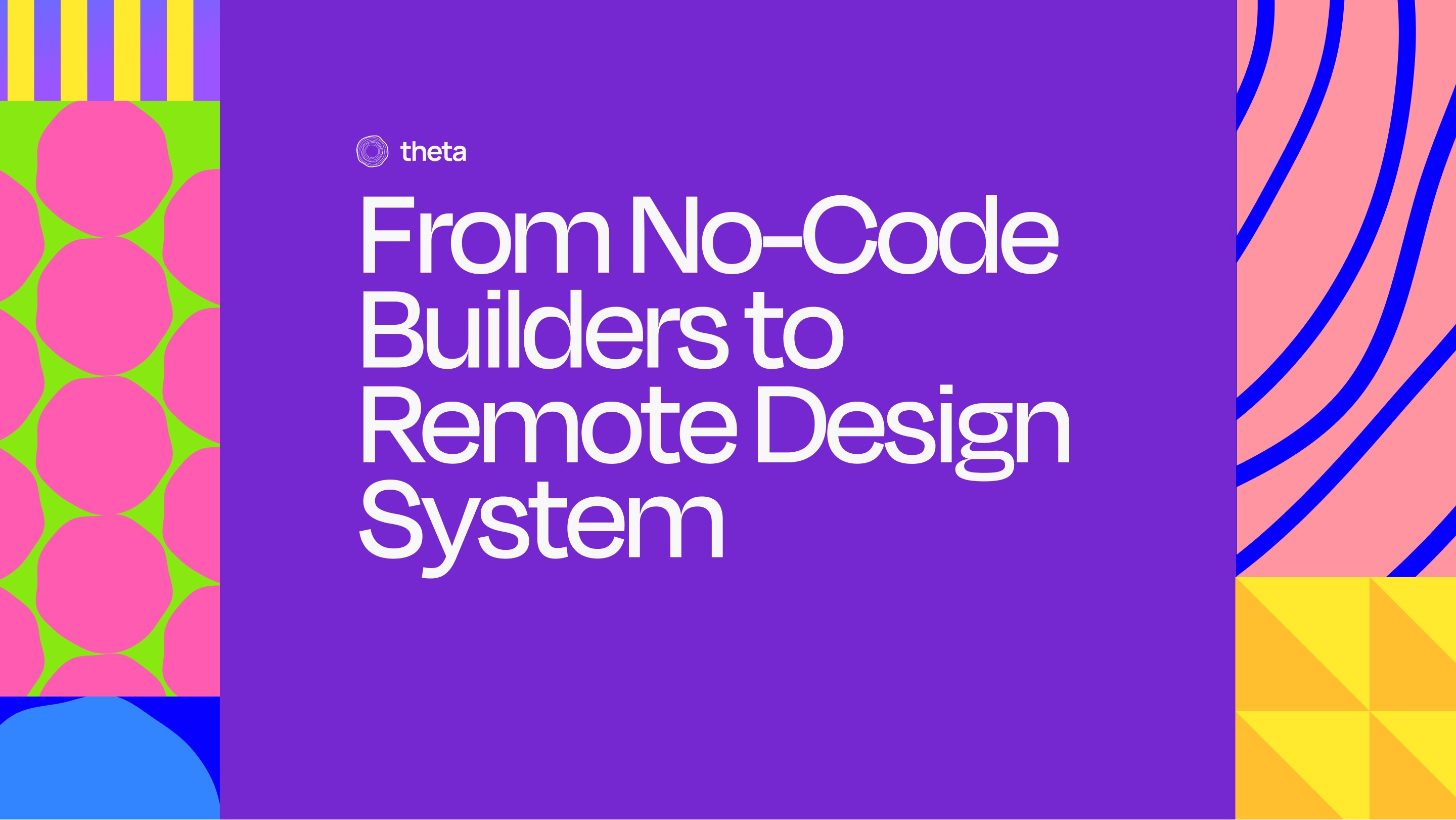Jul 3, 2023
In the dynamic landscape of app development, two major methodologies have gained traction: traditional no-code app builders and the pioneering concept of remote design systems. Although they both simplify the app creation process, their approaches are fundamentally different.
App builders
Traditional no-code app builders, as the name implies, allow you to develop fully functional applications without needing to write a line of code. These platforms often provide a user-friendly drag-and-drop interface, a variety of pre-built templates, and a multitude of widgets and tools for customization. The goal of these builders is to democratize app development, enabling individuals without a technical background to transform their ideas into reality. This democratization has sparked a wave of creativity and entrepreneurship, enabling individuals and small businesses to create apps that were once the exclusive domain of large corporations with dedicated development teams.
However, as powerful as these no-code app builders are, they are not without limitations. The customization options are often confined to what the platform offers. Unique or highly customized features may be difficult or impossible to implement. Moreover, making updates or changes to the app can be a cumbersome process. Developers must return to the builder, make the necessary changes, and then push out an update. Users then have to download the update to see the changes, which can create a delay.
Theta and remote design systems
This is where remote design systems like Theta make a significant difference. These systems are the new players in the app development arena, offering a different, arguably more flexible approach. Remote design systems focus on creating dynamic user interfaces (UIs) that can be updated in real-time via APIs. Instead of hardcoding design components into the app, they are stored remotely. This allows central updates that are propagated instantly across all instances of the app, without the need for user downloads.
Theta, as an exemplar of a remote design system, offers several advantages:
Flexibility and Control: Theta provides a no-code environment for designing the UI, but it doesn’t limit what you can do with the rest of your app. Developers can implement actions in whatever way they see fit, using the technologies they’re most comfortable with.
Mixing No-Code and Local Code: Developers using Theta can override each node with their widgets, leveraging any technology stack. This approach enables a high degree of customization and flexibility, which is usually unavailable with traditional no-code solutions.
Team Collaboration and Version Control: Theta provides tools for team collaboration, project logs, and branches, facilitating efficient teamwork in app development. The version control feature allows tracking and management of different versions of the app, a crucial aspect for maintaining app quality and addressing bugs or issues.
Efficiency: Remote design systems like Theta allow for design updates to be rolled out instantly via API, across all instances of the app. This bypasses the traditional cycle of updating and downloading new app versions.
Consistency: Because the design system is centralized, it ensures a consistent look and feel across all platforms, enhancing the user experience.
Future-Proof: Remote design systems are not only adaptable to new design trends but also to changes in technology. As your app grows and evolves, you can update your UI without being constrained by a no-code platform’s limitations.
In summary, while no-code app builders have brought app development to the masses, remote design systems like Theta are taking it a step further. By combining the ease of no-code design with the flexibility of custom coding, Theta is breaking down the barriers between designers and developers, and opening up a world of possibilities for innovative app creation. This could well be the future of app development, and we’re excited to see where it leads.
See remote design systems in action
Share this article
